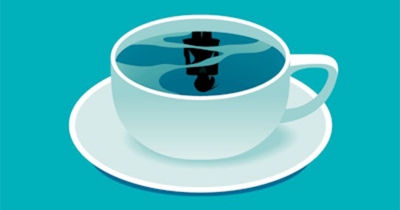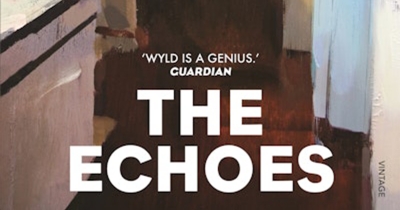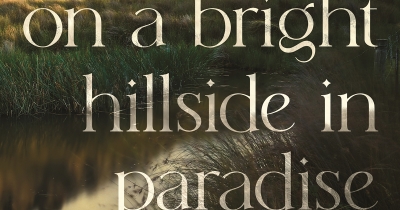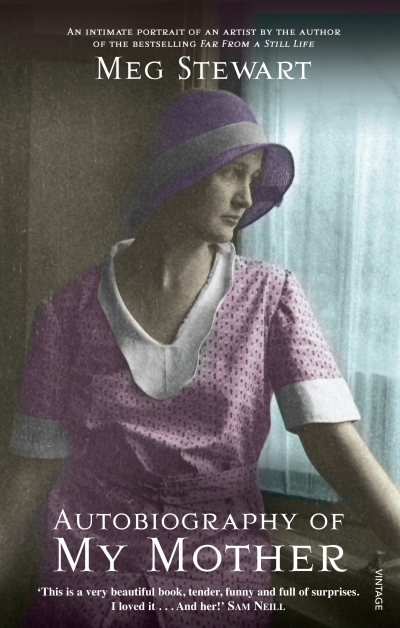Here are two novels of exile, one contemporary, the other about coming to Australia in the nineteenth century. In Carol Lefevre’s Nights in the Asylum, Miri, a middle-aged actress, escapes from Sydney and her tottering marriage, and drives back to the mining town of her childhood. On the way, she picks up an escaped Afghan refugee, Aziz, and drops him off in town, where he immediately falls foul of the inhabitants and ends up on the doorstep of Miri’s family home, uninhabited while her aunt is in hospital. The house becomes asylum for more than one outcast: Zett, the abused wife of the local cop, has already found herself there, baby in tow.
...
(read more)










